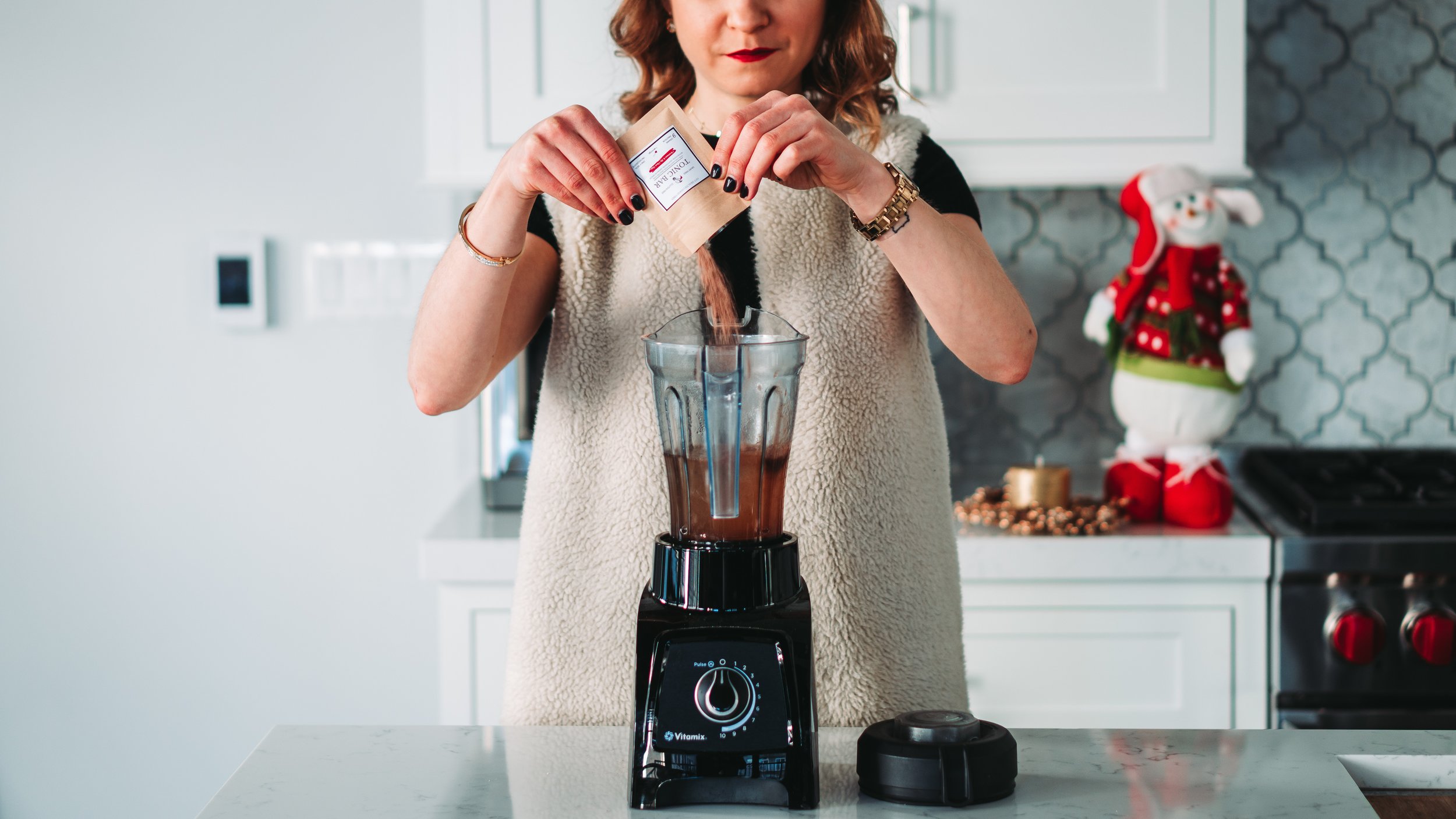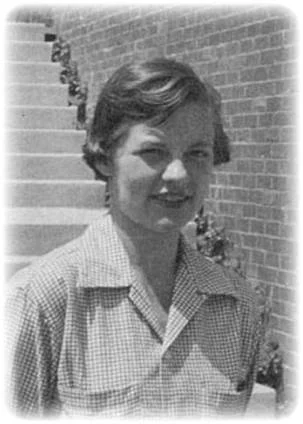Kitchen Aid - Martha Chase
Martha Chase’s ‘blender experiment’ has a place in scientific history
Do you hear that? That’s the sound of a man winning a Nobel prize. Or rather, it’s the sound of a woman doing the work that would lead to a man winning the Nobel prize.
In 1950, Martha Chase arrived at the Cold Spring Harbor Laboratory on Long Island, New York, fresh from finishing her degree at Wooster College in Ohio. She’d come to work as a research assistant with Alfred Hershey, who was investigating how bacteriophage viruses replicate themselves inside cells.
In today’s era of genes, genomics and DNA, it seems bizarre to imagine a world where people weren’t sure whether it was DNA or protein molecules that carried genetic information inside cells, but that’s where things stood in the early 1940s. In the mishmash of molecules inside cells it was hard to separate out what substance was doing which tasks.
In 1944, Oswald Avery, Colin Macleod and MacLynn McCarty carried out experiments testing bacterial extracts that had been treated to removed each of the various types of molecules in cells and seeing whether they were still capable of turning harmless bacteria into killer strains. Getting rid of RNA, proteins, sugars, fats made no difference – it was only when they destroyed the DNA that they destroyed the genetic information. This should have been big news: conclusive proof that it was DNA, rather than protein, that genes were made of.
But Avery and his colleagues were slightly ahead of their time, and there were still plenty of scepticism around the idea of genetic material being solely made of DNA, rather than protein or a combination of the two. This wasn’t helped by Avery’s dislike of going to scientific meetings to present his work and push forward his ideas.
Martha Chase. Image via Wikimedia Commons, public domain
In search of an answer, Hershey and Chase sat down to design an experiment that was both simple and elegant. First, they used different radioactive tags to label either the DNA or the protein coat of a bacteriophage – a type of virus that infects bacteria by injecting its genetic material so it can make more copies of itself inside the host cells.
Next, they mixed their labelled viruses together with their bacterial hosts and let them get to work. And then, Martha got a kitchen blender and chucked the whole lot in.
The idea behind blending this bug smoothie was to shake the viruses off the bacteria once they had injected their genetic payload. The final step was to look for which of the radioactively tagged viral molecules – either DNA or protein – had ended up inside bacterial cells.
Hershey and Chase discovered that it was the DNA that had ended up on the inside, and the protein on the outside, strongly suggesting that it was indeed DNA that was transmitting the infectious viral genes.
Geneticist Matthew Cobb - whose book, Life’s Greatest Secret, looks back over the race to crack the genetic code through the 1940s and 50s – argues that the Hershey and Chase experiments may not have been the definitive ‘proof’ of the role of DNA that many people believe them to be. Their blender method still left plenty of contaminating protein in the bacteria alongside the viral DNA, and Hershey himself wasn’t entirely convinced that he’d proved DNA was the stuff of genes.
Even when the structure of DNA was figured out, presenting an obvious mechanism for the copying and reading of genes, the role of DNA in transmitting genetic information was still seen as a working hypothesis, and it was only conclusively proved more than a decade later.
Still, Hershey won his Nobel prize in 1969, along with fellow bacteriophage researchers Max Delbrück and Salvador E. Luria, for his insights into the nature of viruses. A fellow phage fan, Frank Stahl, referred to the three men as making up the ‘Trinity of the Phage Church’, with Delbruck as Pope, Luria as priest and Hershey as patron saint. Martha Chase, needless to say, was not part of this canon.
She left Cold Spring Harbor in 1953, going first to Oak Ridge National Laboratory in Tennessee and later to the University of Rochester. During the 1950s she was briefly married to Dick Epstein, another phage scientist, but things didn’t work out. Martha became deeply unhappy and was drinking heavily. By 1964 she managed to complete her PhD at the University of Southern California before heading back to Ohio, where she stayed for the rest of her life.
Although Chase did much of the lab work and helped to plan the experiments that underpinned Hershey’s Nobel, some people argue that it was fair for her to be left out, as Hershey was the one driving the direction of research and she was more on the delivery end of things. Her obituary in the New York Times, published upon her death in 2003, is headlined “Martha Chase, 75, a Researcher Who Aided in DNA Experiment” which isn’t bad, I guess?
But she still fell victim to the sexist assumptions of the time. One of her male colleagues at Cold Spring Harbor recalls telling her, “Martha it’s a beautiful experiment, I’d like to congratulate it… I thought you were just a pretty girl, now I know you are a good scientist.”
More fundamentally, her story highlights the problem with using Nobel prizes as the pinnacle of scientific achievement: many people in a lab might contribute to a discovery, whether as lab assistants like Martha Chase or equal co-workers like Esther Lederberg or Tsuneko Okazaki. But a maximum of three living people can win a Nobel in any year, so who do you choose? This is a problem that’s probably only going to get worse in an era of collaborative team science.
Although more women are working at the most senior levels and getting international recognition for their work, there is still a massive imbalance: as of 2018, 853 men have won Nobels across all categories and only 51 women. There are just 19 female laureates across all the sciences (one of those being Marie Curie, who won twice). And that’s not even considering other types of diversity and discrimination.
The history of science tends to be mostly told as the stories of great white men with supportive wives. But times are changing, and I’m excited to see what breakthroughs and discoveries will come in a future where scientific talent is recognised and supported, wherever it may be found.
References and further reading:
Oswald Avery, DNA, and the transformation of biology, MatthewCobb
Cold Spring Harbor Laboratory Oral history project, Martha Chase
Science ABC - How did scientists prove that DNA is the genetic material?





